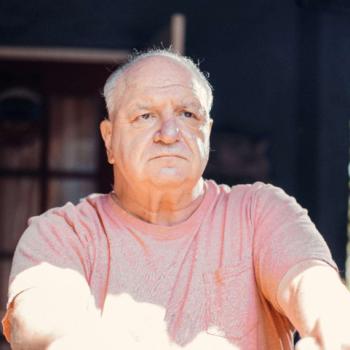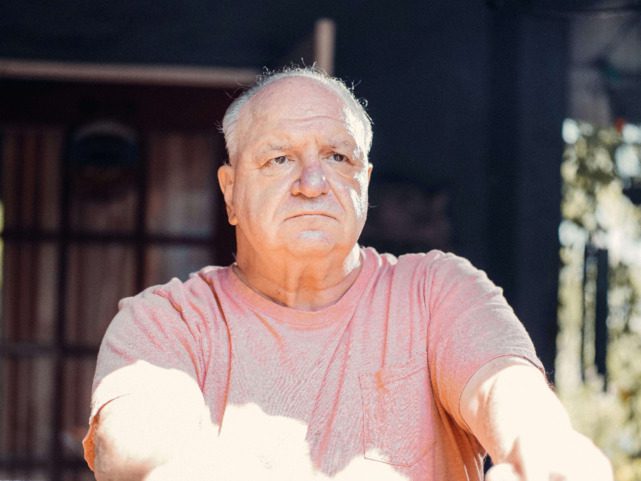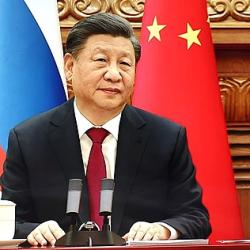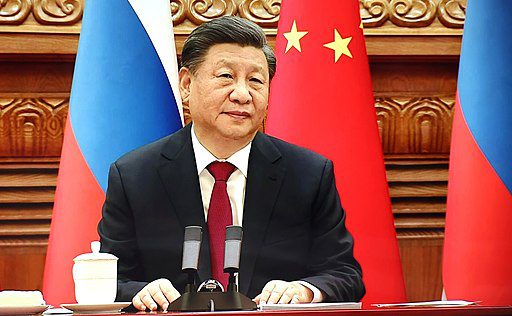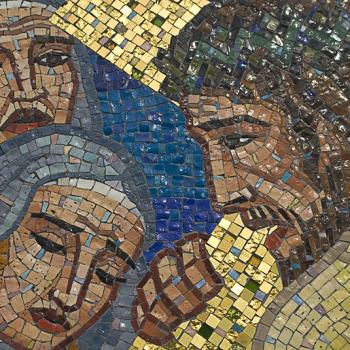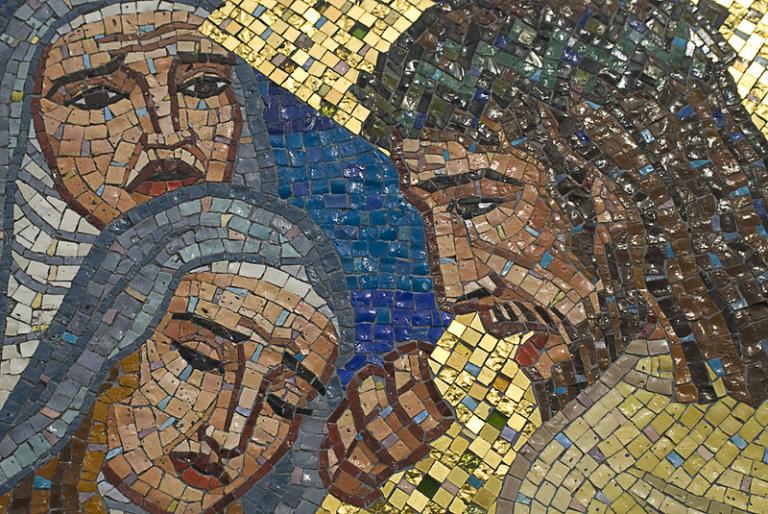Yesterday I came down pretty hard on Generation Z. Since turn about is fair play, today I will give the same treatment to my own generation.
Here are the 23 things we did:
(1) Driving without seatbelts or carseats. [My parents got a “station wagon pad” for our boat-sized Chevy wagon, turning the back into a vast play area.]
(2) Public space smoking. [Second-hand smoke was the aroma of our lives.]
(3) Unsafe cribs. [Nevertheless, I survived.]
(4) Hitchhiking. [Only when my truck broke down.]
(5) Toy gun playtime. [You should have seen my arsenal.]
(6) Non-Store Bought Halloween costumes. [You should have seen me as the Mummy.]
(7) No parental controls on TV. [But that is because no one needed them. The networks all had a Department of Standards and Practices that protected even parents.]
(8) Lawn Darts. [I never got into that sport.]
(9) No outside supervision. [We played baseball, roamed the neighborhood, and rode our bikes all over town without an adult in sight. I read that crime was no less then that it is today, and possibly even worse. And yet neither we nor our parents seem to have worried that much about it.]
(10) Bicycling without helmets. [Of course not!]
(11) Children walked to school without adult supervision. [I walked six blocks to and from school from the time I was in the first grade.]
(12) Sunscreen not popular. [And yet we were outside all the time.]
(13) Garden hose drinking. [Where else would we get a drink while mowing the lawn?]
(14) Playing outside until dark. [And sometimes after dark.]
(15) Trampolines without nets. [Trampolines have nets?]
(16) No childproofing. [We could get into anything. As for safety, I remember our school playground having monkey bars that we climbed on at recess. It was installed over concrete.]
(17) Using fire hydrants to cool off. [That’s what they did in the big cities. We just used the garden hose.]
(18) Blood brothers and sister. [I never did that, two friends pricking their fingers and touching so as to “share the same blood.” We did have strong friendships, though. My impression is that today such friendships are sexualized, creating an inhibition against them or the assumption that “I must be gay!”]
(19) Free play = Not as much extracurricular activities. [We played however we wanted! The thought of “extracurricular activities” structured and supervised by adults and taking up all of our time would be the opposite of fun!]
(20) Peanut Butter–School lunch staple. [I know peanut allergies are real and can have terrible consequences. And yet I never ran into them during our peanut-butter saturated school lunches.]
(21) Participation trophies not a thing. [I have to laugh at that one.]
(22) After school and summer part time jobs. [Does this really not happen any more? I always worked, to my great benefit. Not long ago, I took my grandson to the local Dairy Queen. I told him how I knew all about DQ soft serve, including how to make that little curl to top everything off, because I used to work at a Dairy Queen. I think I impressed him with my cool job, but then he said, “Well, why did you get fired?”]
(23) No screen time. [As I always have to explain to my incredulous grandchildren, in the days when I, their ancient ancestor, was their age, cell phones and personal computers had not been invented yet. Nor were microwaves, DVD players, or color TV sets.]
Can you think of others, beyond these 23? For example, corporal punishment was commonplace. And parents always took the teacher’s side. A spanking from the teacher was generally followed by another spanking from the parents.
Now here are my questions, which perhaps you can answer in the comments:
(1) Although we Baby Boomers for the most part loved the kind of childhood we had, when we grew up, we typically didn’t raise our children in the same way. Why not?
(2) Did our idyllic childhoods make it hard for us to grow up? So that in some cases a latent immaturity sabotaged our marriages, our parenthood, and our work life? And that even now that we’re old we think of ourselves as young, with many of us trying to look and act young to the point of making ourselves ridiculous?
(3) Did the relatively untrammeled freedom that we enjoyed in our childhood contribute to the counterculture of the Sixties and Seventies, which was the beginning of so many of our current cultural and personal problems today? Now I do think that our large dose of freedom was accompanied by a large dose of responsibility–that combination was indeed character-building, though I think quite a few of us threw out the responsibility part when we left the nest.
Photo: Children at Play on the Street at Oak Ridge via RawPixel, public domain


